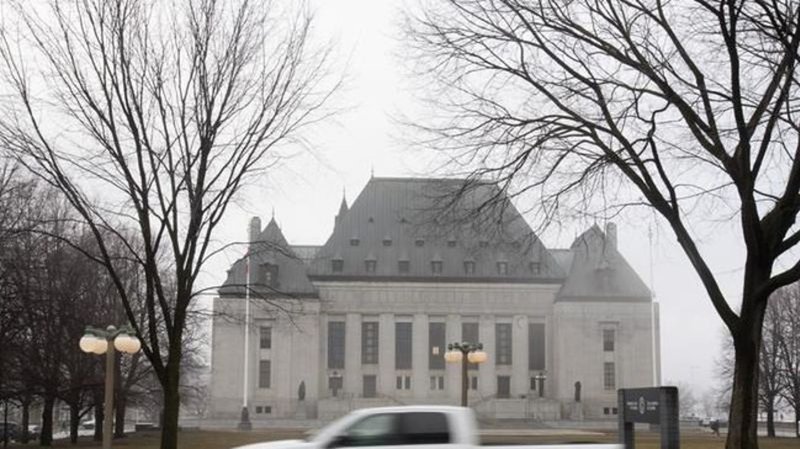
Five things to know about carbon pricing and the Supreme Court ruling
OTTAWA — The Supreme Court of Canada issued a 6-3 decision upholding the federal carbon price legislation Thursday.
Here are five things to know about the decision and the carbon price.
1. What was the Supreme Court case about and what did the court say?
Ottawa developed the Greenhouse Gas Pollution Pricing Act in 2018, to set a minimum price for emissions across the country. Provinces and territories can adopt the federal system, or put forward their own version as long as it meets the federal standard.


